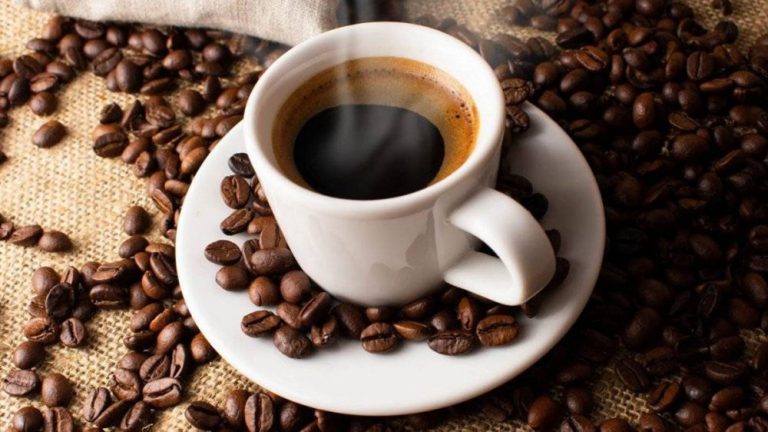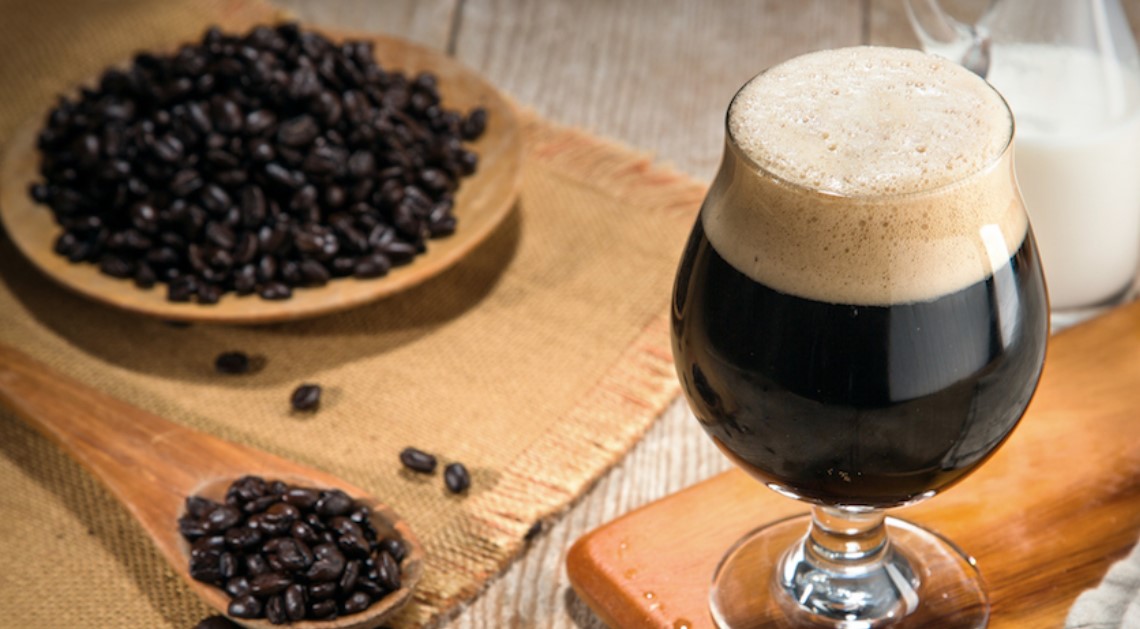Coffee is much more than just a hot pick-me-up for coffee drinkers from all over the world. You combine very nice feelings, longings and impressions with your favorite drink from the espresso coffee machine or the coffee machine for the office. The associations of coffee drinkers are very different in different countries. Find out what coffee lovers associate with their favorite pick-me-up and what a good cup of coffee really means to you. It is not important to you whether coffee machines for the office or the espresso coffee machine guarantee the preparation. It’s more about great emotions that hide behind the pleasure.
In Europe, coffee machines are responsible for the office for coffee and it warms the heart

Europians are unanimous in their love of coffee, although there is disagreement as to whether espresso coffee machines or office coffee machines should be used more often. In this country, coffee drinkers associate warmth, love, joy and security with coffee. The hot drink replaces the hustle and bustle of everyday life with relaxation and enjoyment, and Germans prefer to enjoy coffee with their partner. Whether you prefer coffee from the espresso coffee machine or coffee machines for the office is a matter of taste.
In Austria, the espresso coffee machine is a guarantee for coffee drinks that provide warmth and energy
The Austrians have a long coffee tradition and attach great importance to the beloved little black dress. This is clearly evident in the many typical coffee houses that spoil their guests with a hot drink from the espresso coffee machine or a brown beer from the fully automatic machine. Coffee machines for the office are also popular, as Austrians love all kinds of coffee. Just like the Germans, they associate warmth with the hot drink. What makes them different is that you look at coffee as a source of energy. They appreciate the waking effect very much.
The Swiss associate love with enjoying coffee from the espresso coffee machine
The Swiss are known and valued far beyond the borders for their high quality of life and excellent cuisine. For the Swiss, the love of coffee is simply part of it. Irrespective of whether the coffee machines for the office or the espresso coffee machine are used, coffee is loved dearly and associated with love. This is even more important to the Swiss than the positive quality as an energy supplier. Enjoying coffee is a matter of the heart for the Swiss.
In Poland, the espresso coffee machine is used for a hot drink that arouses passion
In Poland, office coffee machines are not as widespread as office filter coffee machines. Many also appreciate the espresso coffee machine to prepare a strong espresso. If you ask people in Poland about their associations with coffee, you will mostly hear passion as the answer. Coffee and espresso wake up tired spirits. The association with home is also very widespread. Wherever Poles enjoy a coffee, they feel at home and welcome.
In the Czech Republic, the focus is on the tranquility that coffee brings

Coffee machines for the office are in high demand in the Czech Republic. There, coffee is very much appreciated and drunk a lot. For people, coffee means rest. It brings serenity to the stressful everyday life and creates a welcome moment to pause and calm down. Community is very important to coffee drinkers in the Czech Republic, they prefer to drink coffee together than alone. It is therefore hardly surprising that the coffee machines for the office are an integral part of the interior.










